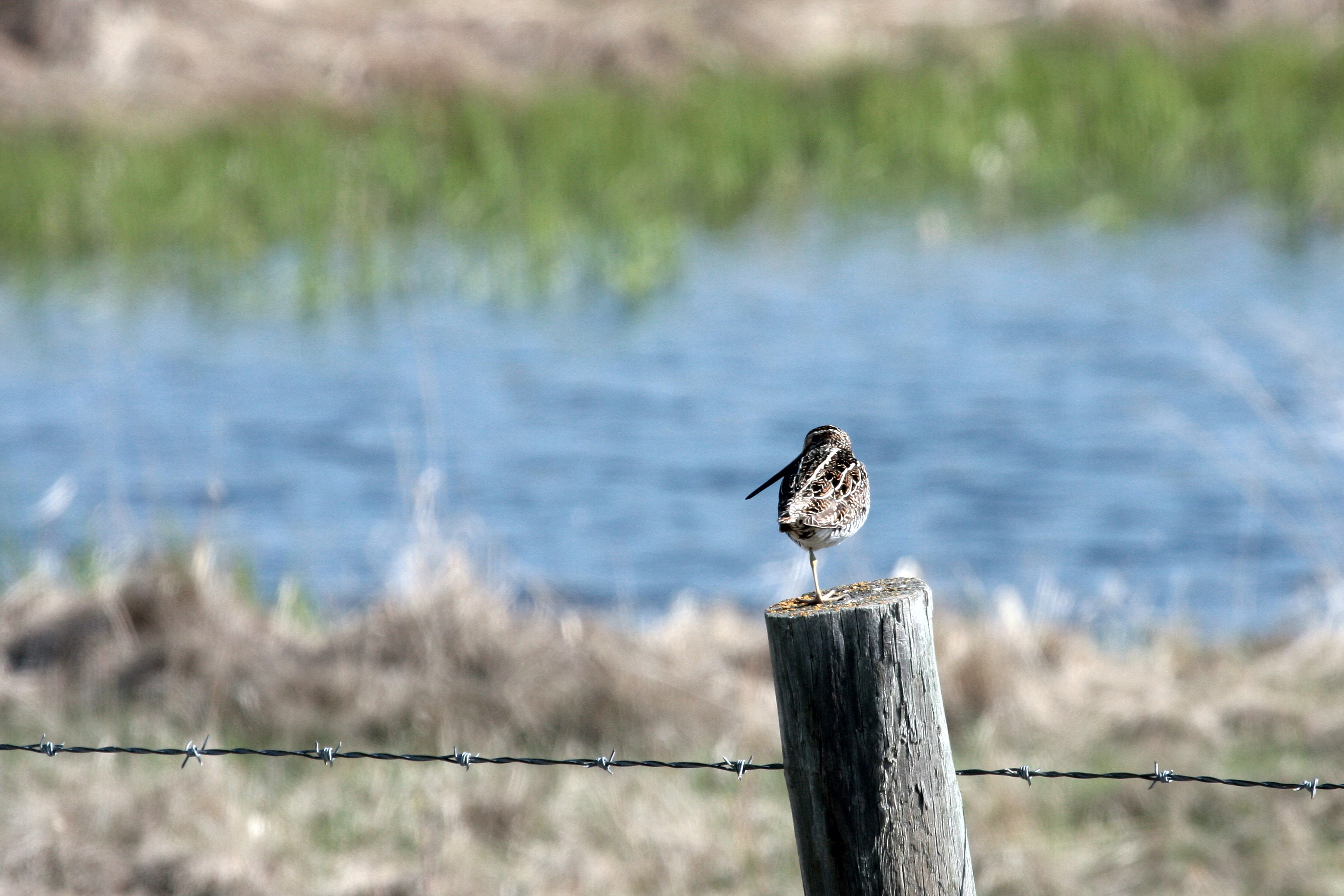Have you seen an unusual bird in Calgary? If it is on this Reportable_Birds (PDF), please report it to the Nature Calgary Rare Bird Alert line at 403 221-4519 and leave a message after the beep at the end of the recording. If you would like some help with species identification, us email us at zoxox@shaw.ca To report injured wildlife call the Calgary Wildlife Rehabilitation Society at 403 239-2488, or the Alberta Institute for Wildlife Conservation at 403 946-2361.
This Bird Albert was recorded on Jun 27, 2011.
SUNDAY June 26
–GADWALL X MALLARD (BREWER’S DUCK) (1) – main stormwater pond W of Votier’s Flats parking lot in W Fish Creek PP by Terry Korolyk
SATURDAY June 25
–HARLEQUIN DUCK (3) – Bow River at Inglewood Bird Sanctuary by Penny Smith and a CFNS field trip
–SHORT-EARED OWL (2) – 300 m north of Hwy 23, N of Frank Lake (Frank Lake is 6 km E of High River on Hwy 23) by Phil Evans
–SPOTTED TOWHEE (4) – N Glenmore/Weaselhead by Bill Wilson
–LE CONTE’S SPARROW (2) – W of bridge 10 in E Fish Creek PP by BW
FRIDAY June 24
–UPLAND SANDPIPER (1) – SW of High River, just N of Hwy 540 on RgeRd 12, by Ron Kube
TUESDAY June 21
–NORTHERN PINTAIL X GADWALL (1) – pond NE of Airdrie, 2.4 km S of Hwy 567 on Rge Rd 284, by TK
The next scheduled update of the bird alert is on Thursday Jun 30.







































































